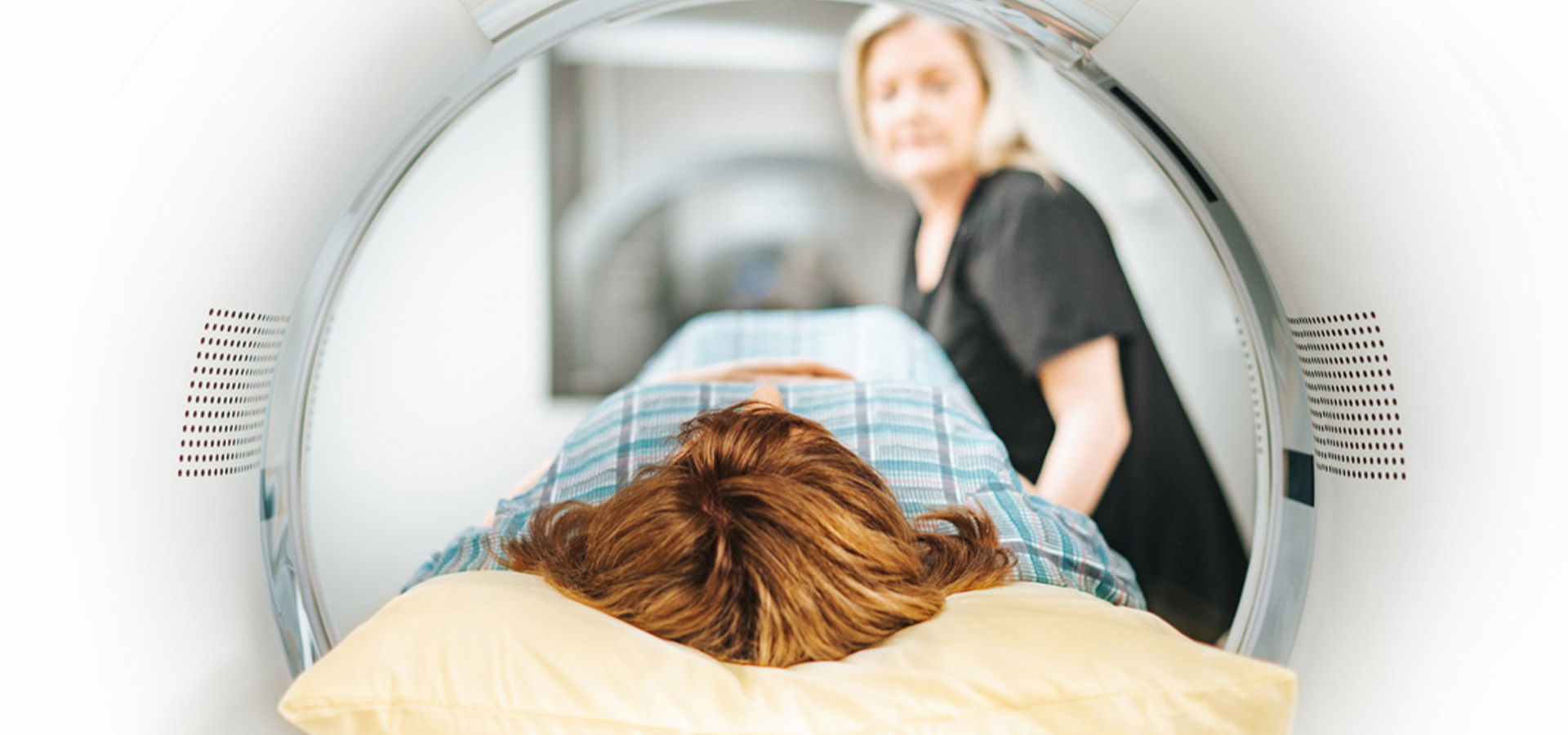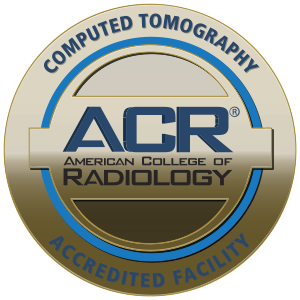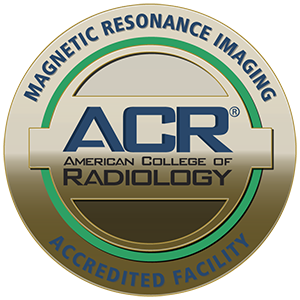Radiologic Technologists are an important part of the Lumina team.
When you visit Lumina for an imaging test, your primary interaction will be with the radiologic technologist who performs your MRI or CT scan.
You likely think of this person as the one who works all the equipment. That’s true—but the job of the technologist is so much more.
Radiologic technologists come into the job with either an associate (two-year) or bachelor’s (four-year) degree, usually in radiologic technology, applied sciences or something related. On top of a higher education degree, all techs must pass certification by the American Registry of Radiologic Technologists (ARRT), the accrediting body of the radiology profession. This certification is what gives techs the initials behind their name:
- R: X-ray Technologist
- CT: CT Technologist
- MR: MRI Technologist
Some technologists are licensed in both CT and MR—those individuals are “unicorns,” says Lumina Director Bryan P. Crowley, RT(R) because they offer more versatility and value to a practice.
Interdisciplinary knowledge of anatomy and radiology
“We chose this career path because we’re interested in radiology and the science behind it,” shares Bryan.
In addition to being trained on the imaging equipment, radiologic technologists understand the science behind the tests and the reasons why various imaging is used for different medical testing.
“Technologists have to have the knowledge of the anatomy—the various muscle groups, tissue, organs, etc. Plus the pathology of various diseases and conditions,” Bryan says. “While we don’t interpret the imaging, we do need to understand what we’re looking for, so we get the images that the radiologist needs for proper diagnosis.”
Technologists also must have a good grasp on the tests being ordered to ensure it is best suited for the patient’s situation.
Leading with ease and expertise
What’s most amazing about radiologic technologists, Bryan says, is that they’re like magicians while they work.
“Technologists juggle many things at once,” he says. “They’re doing multiple tasks all while carrying on a conversation with the patient and ensuring they are as comfortable and relaxed as possible.”
And the technologists at Lumina—with an average of 14 years of experience—are some of the best magicians around.
“They know what they’re looking for, Bryan says, “so patients are in good hands.”



